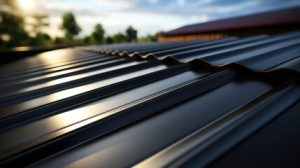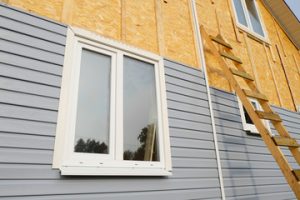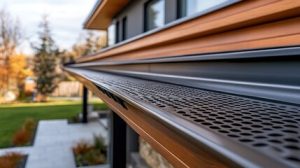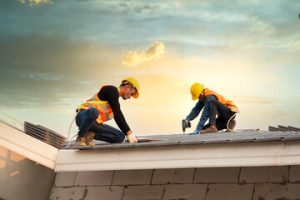Roofing can be an exciting career with many benefits including a high salary and job security. However, it is a demanding and sometimes risky profession that requires physical endurance and a focus on safety.

When searching for a roofing company, make sure to consider important factors such as length of tenure and local ownership, quality materials backed by warranties, and financing options. It is also a good idea to pay with a check or credit card, rather than cash. Contact Bears Valley Roofing Company for professional help.
A top-notch roofing company doesn’t just have the skill and materials to build your new roof, they’ll also offer quality workmanship on the job. You can learn a lot about a company by taking the time to review online reviews and testimonials, and talk to your neighbors about their experiences. Pennsylvania has a tight-knit community feel, so word-of-mouth recommendations are worth their weight in gold.
A quality roofing company will take the time to thoroughly inspect and prepare the deck of your roof before installing any new materials. This often includes repairing or replacing damaged sheathing, cleaning up debris from the previous roof, and assessing attic ventilation. Proper ventilation is critical to a long-lasting roof, as heat and moisture can degrade shingles and cause structural damage to your home.
Look for a roofing company that offers a 10-year labor warranty on top of the manufacturer’s warranty. This provides you with extra peace of mind that any workmanship issues will be addressed by the company at no additional cost to you.
A quality roofing company will have a project manager that oversees each roofing job from start to finish. This person will be able to answer any questions, keep the project on schedule, and ensure that the finished product is up to standards. Inquire about the name of this person, how they manage each job, and what their responsibilities will be throughout the roofing process. It is also helpful to ask the roofing contractor if they are members of any industry associations, as this demonstrates a dedication to professionalism.
Reputation
The reputation of a roofing company can tell you a lot about their work ethic and client experience. Look for a roofer with a strong community presence, positive online reviews, and a low number of unresolved complaints. You should also ask for references and speak with local residents to see what their experiences have been like working with a roofing company.
Choosing a reputable roofing contractor is vital to protect your home from damage during the project and ensure that you are receiving quality workmanship. If a contractor is not reputable, they may not pay their subcontractors and suppliers, which could lead to liens on your property.
A great way to find a roofing contractor with a good reputation is to choose one that has a clear and comprehensive estimate for your project. This will help you understand the costs involved and avoid any surprises down the road. Also, be sure to ask about any guarantees or warranties on their work.
Insurance
Roofing contractors must have the right insurance coverage to protect themselves against damages caused by storms, fire, and other potential disasters. They should also have policies to address risks specific to their industry, including workers’ compensation, commercial umbrella insurance, and general liability. It’s essential for these professionals to consult with a licensed insurance professional who can advise them on what type of coverage they need and how much it will cost.
The most important insurance that a roofing company should have is general liability, which covers third-party bodily injury and property damage. This insurance is crucial in urban settings like Philadelphia, where there are many high-rises that require special roofing techniques. Additionally, roofing contractors should consider a commercial auto policy to cover vehicles used for transportation of materials and tools. This insurance can protect the contractor against urban driving risks, including theft and vandalism. By strategically managing these factors, roofing companies can ensure adequate coverage and optimize premium costs.
A reputable roofing company will also carry Builder’s Risk Insurance, which safeguards construction materials and equipment from weather-related damage. This is especially important in Philadelphia, where the historical nature of buildings and unpredictable weather patterns can cause costly delays and disruptions to projects. Moreover, this type of insurance can pay for financial losses due to the repair or replacement of building components and structures, such as scaffolding.
Once a claim is filed, the insurance company will send an adjuster to assess the damage and provide an estimate. It is important for the roofing contractor to be present during this process and to carefully review the adjuster’s report. This will help them identify any issues and negotiate a fair settlement. It’s also essential to understand the policy’s limits and exclusions, including the deductible.
Roofing professionals can reduce their insurance premiums by regularly conducting safety audits and adhering to best practices in the workplace. This will not only improve worker safety but also reduce the likelihood of accidents and injuries. Moreover, these businesses should have workers’ comp insurance to cover the medical expenses of injured employees.








